RARE WWII D-Day Omaha Beach German Shrapnel Excavated From Normandy Beachhead *
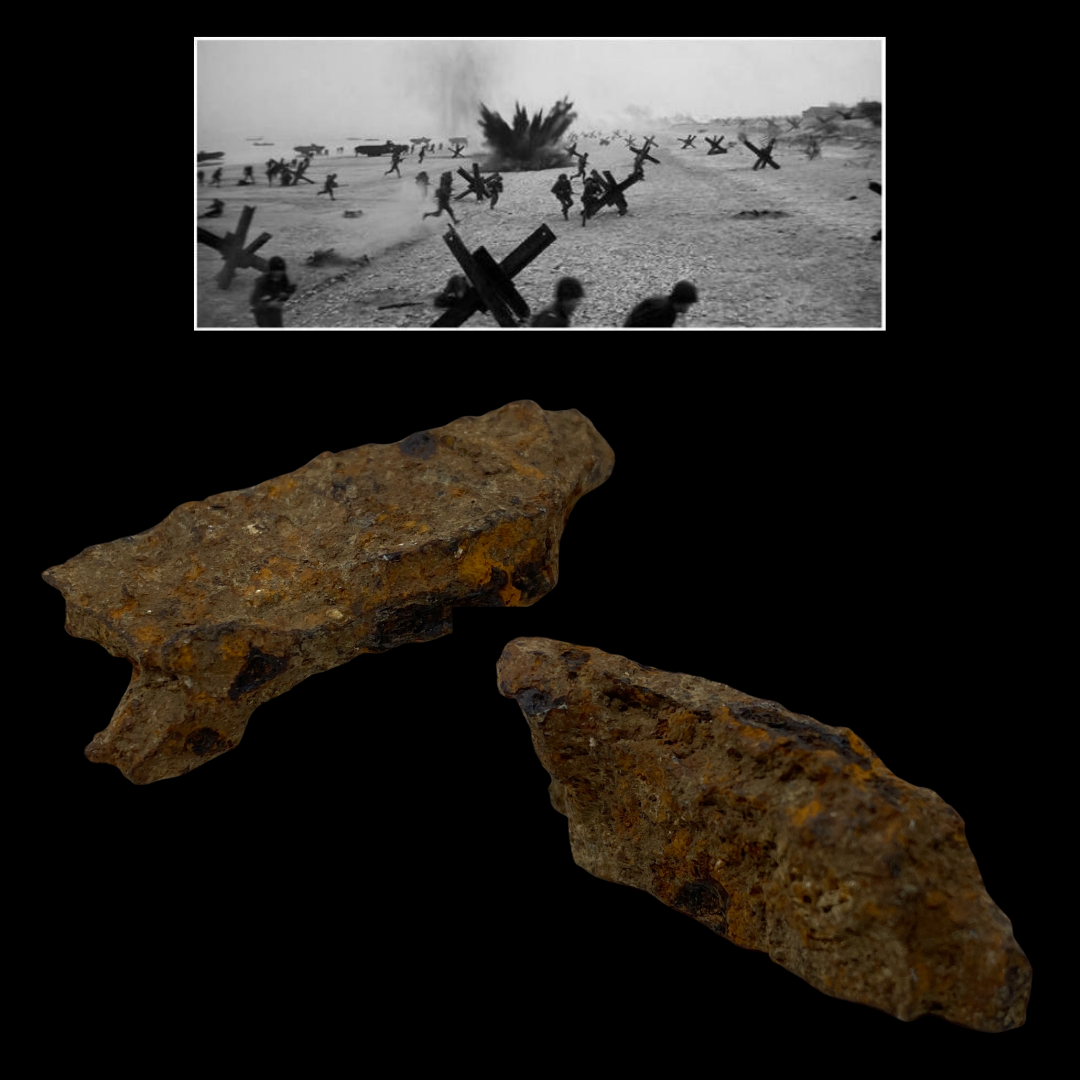

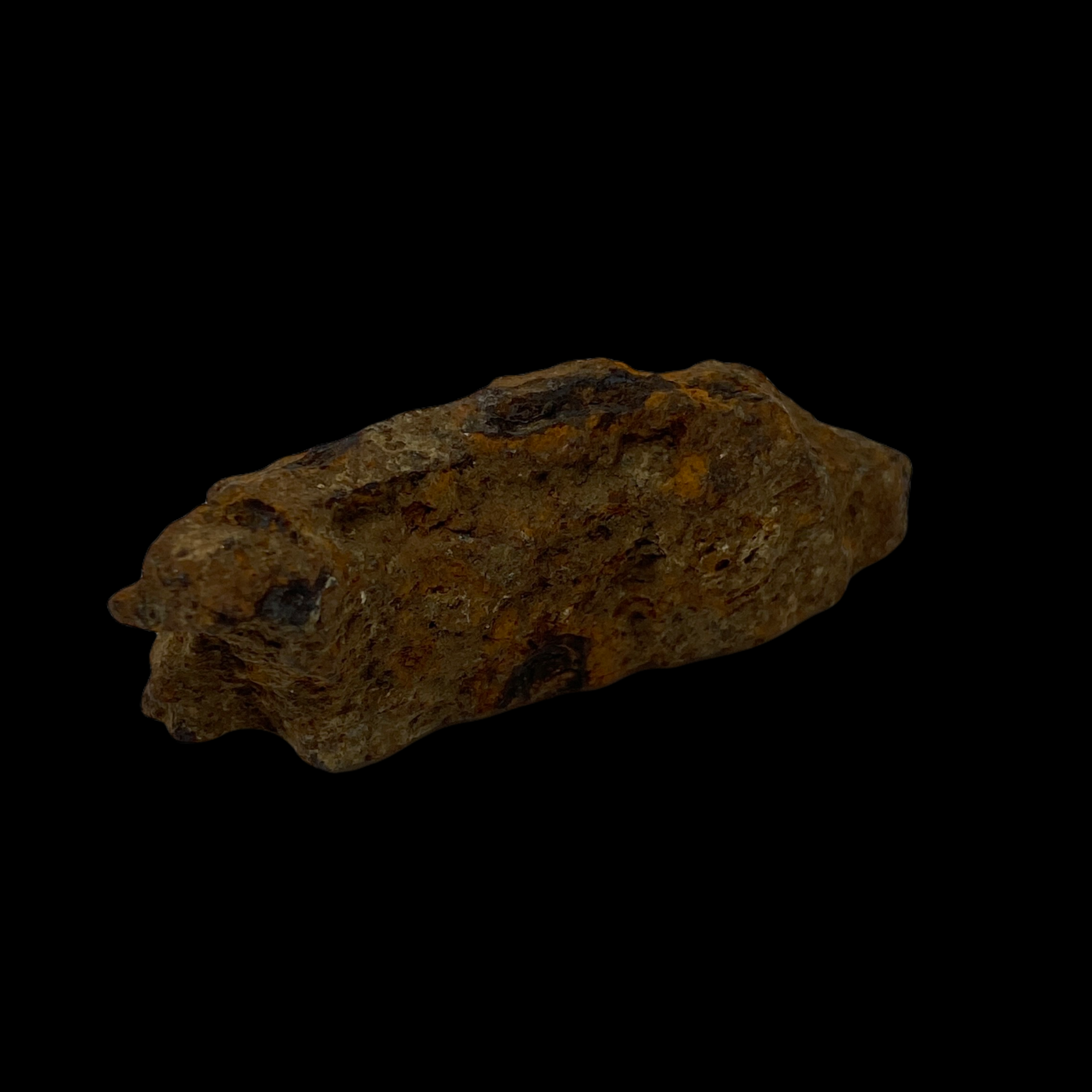
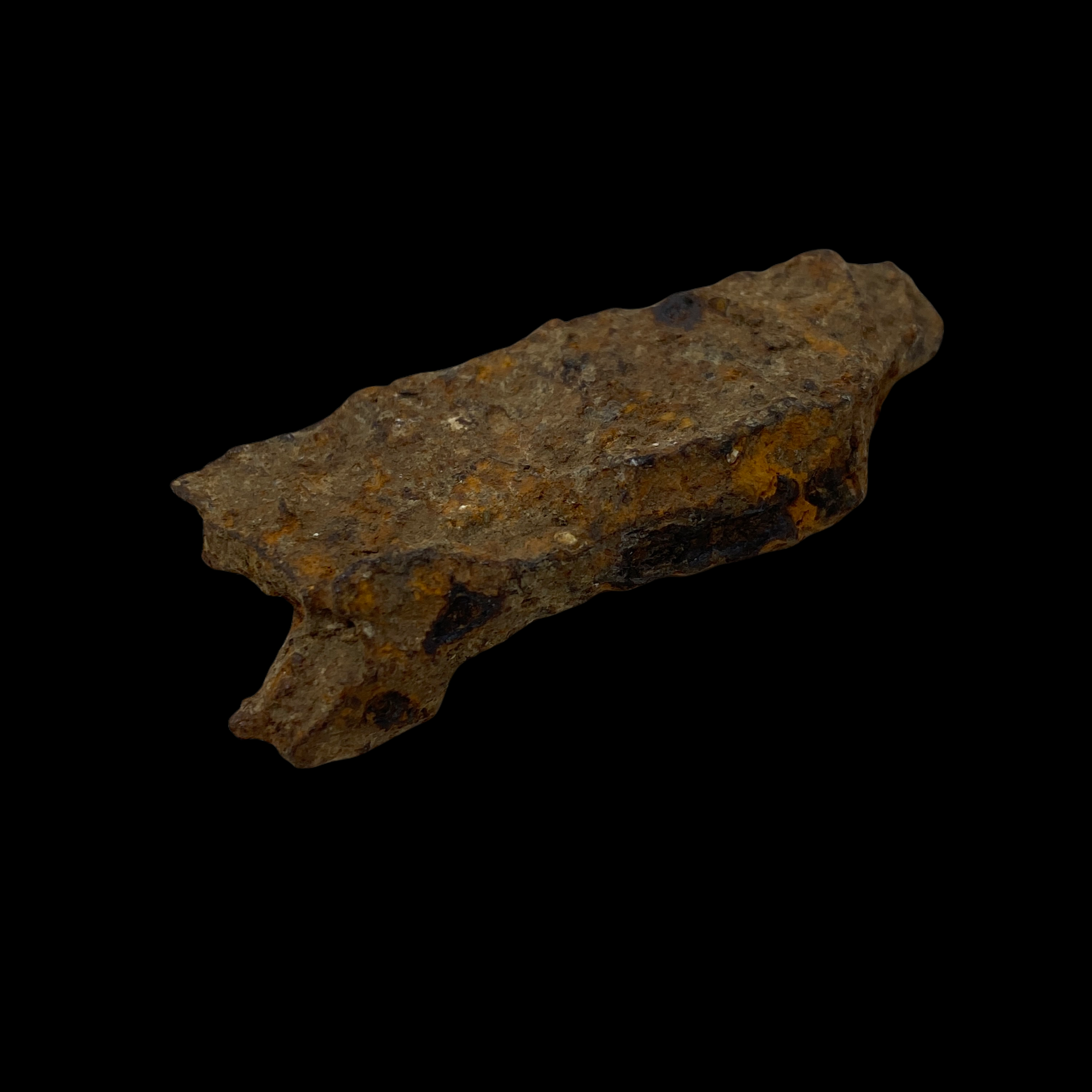

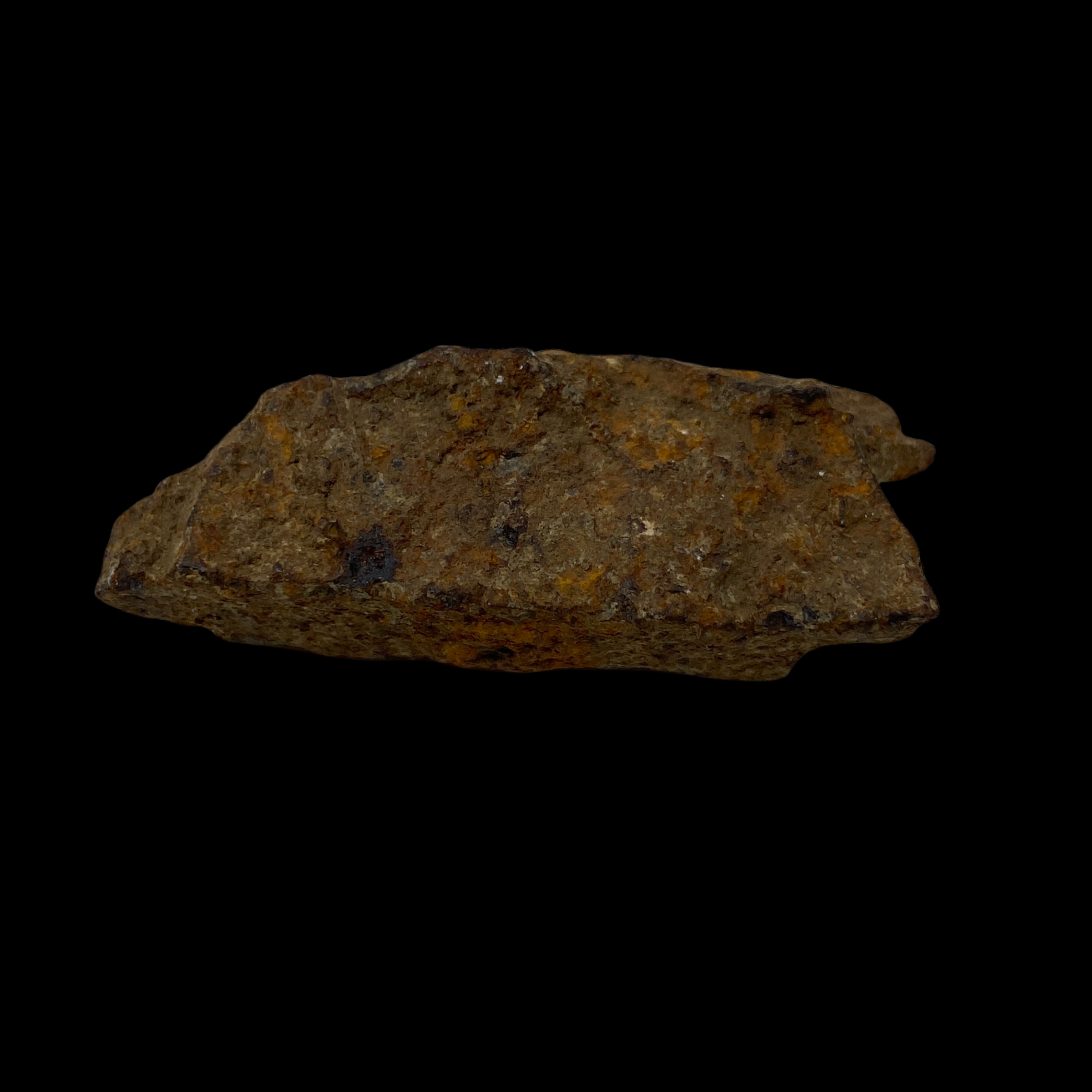
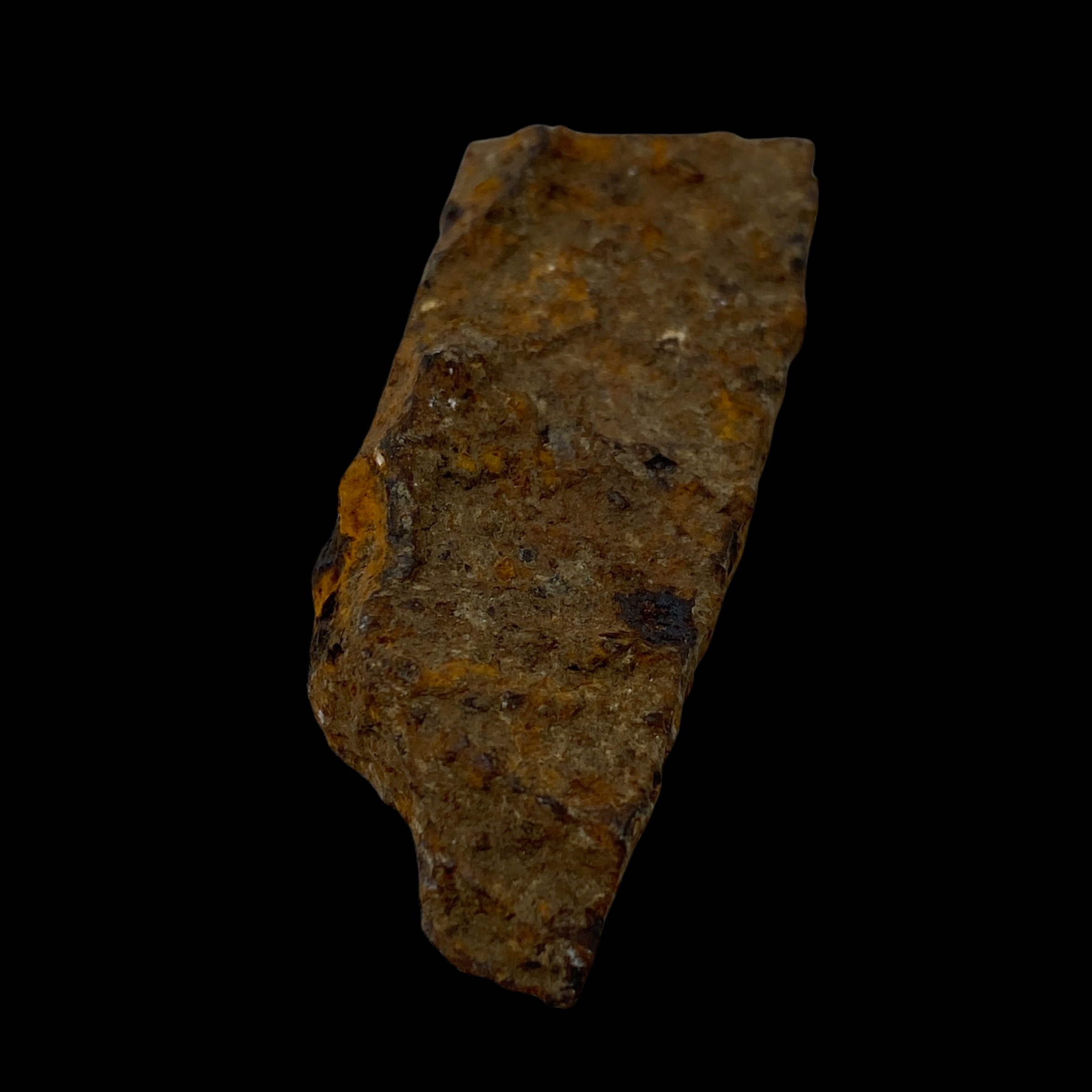
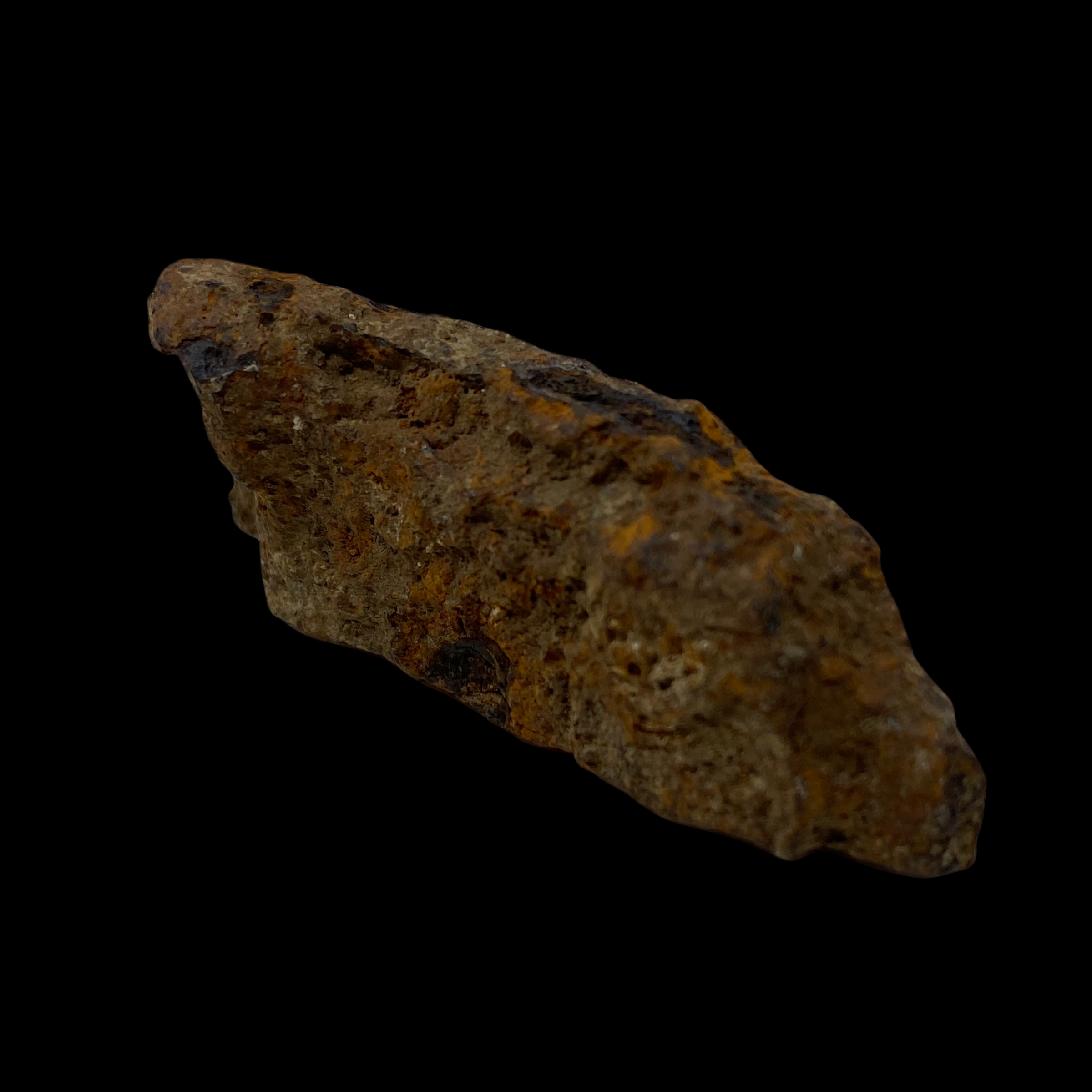
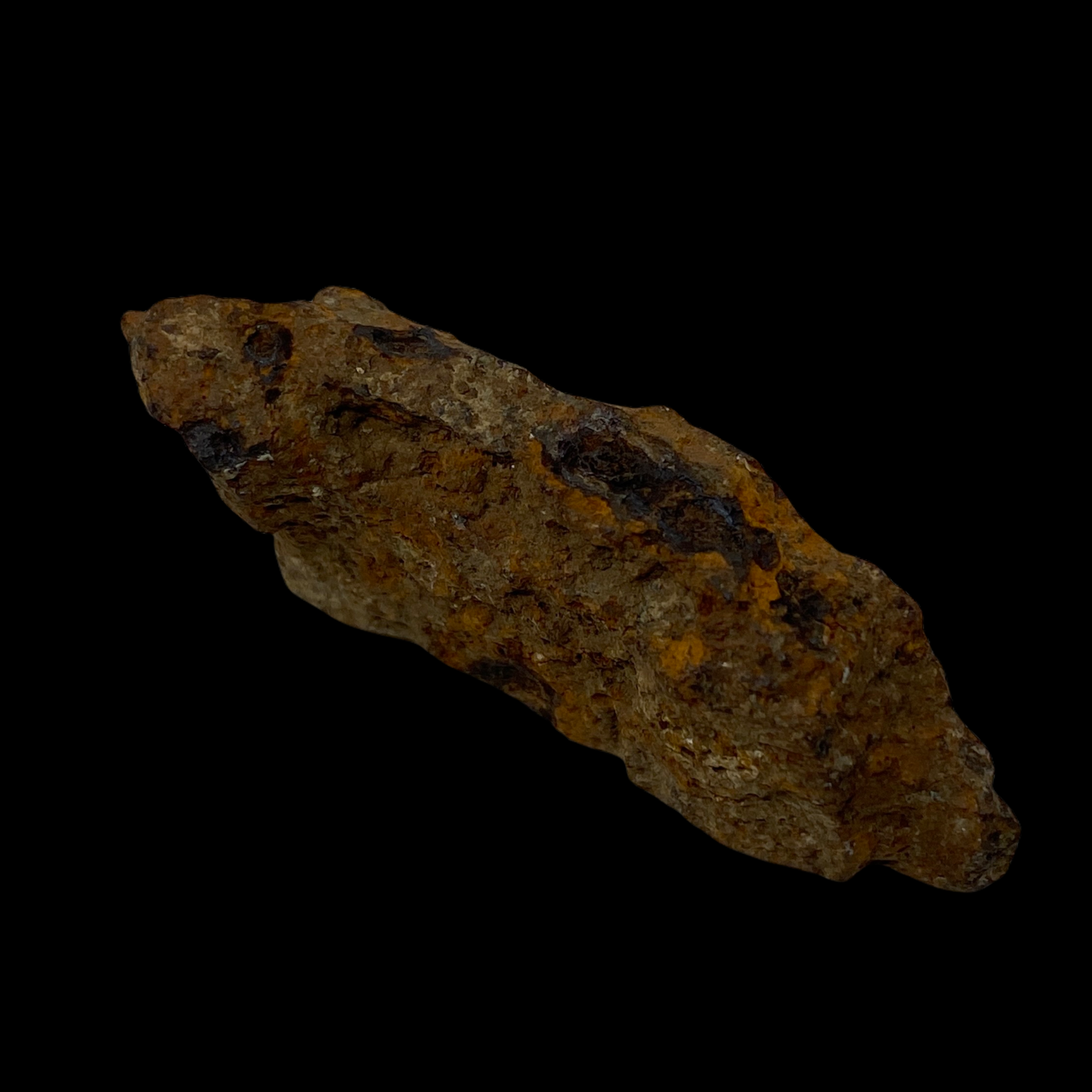
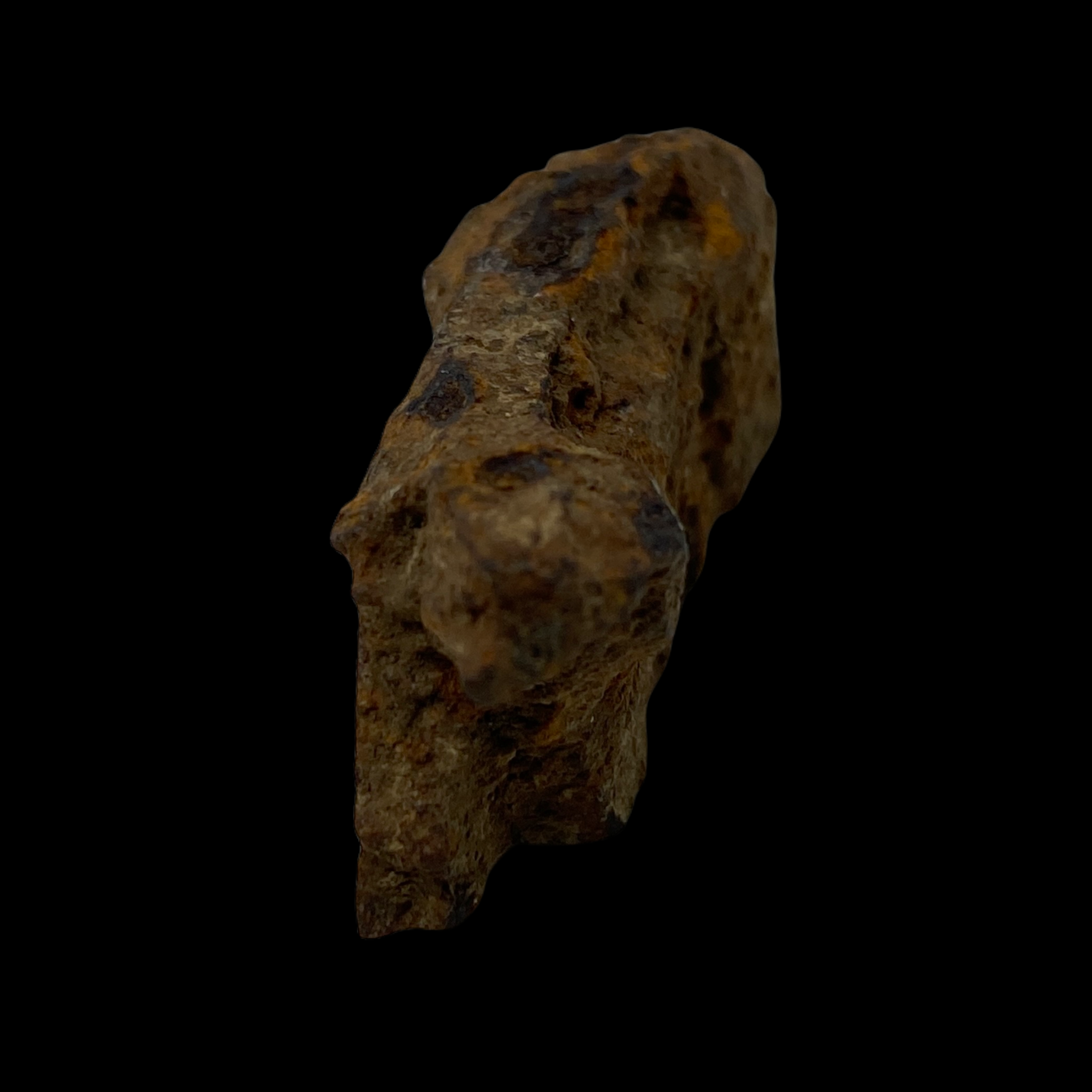
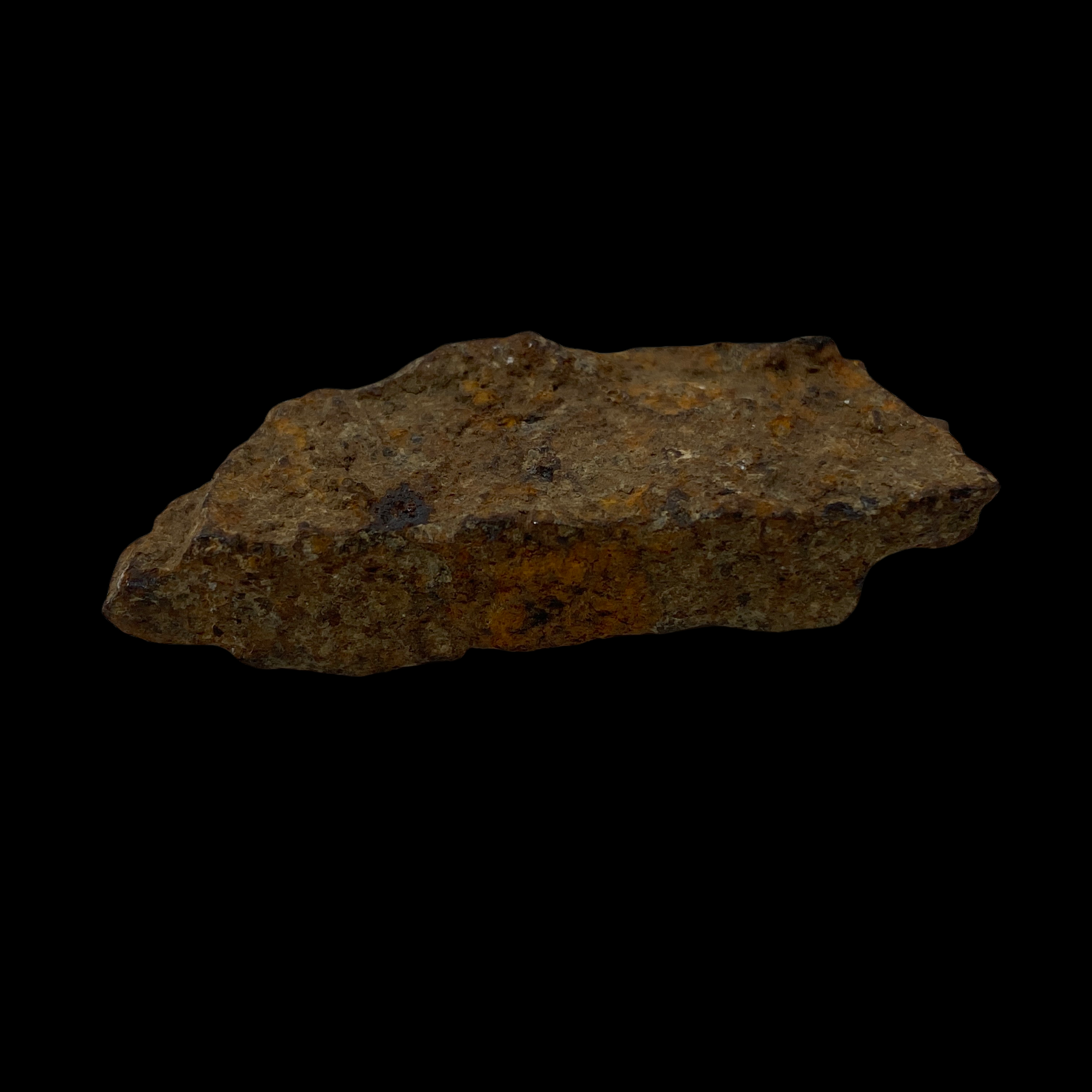
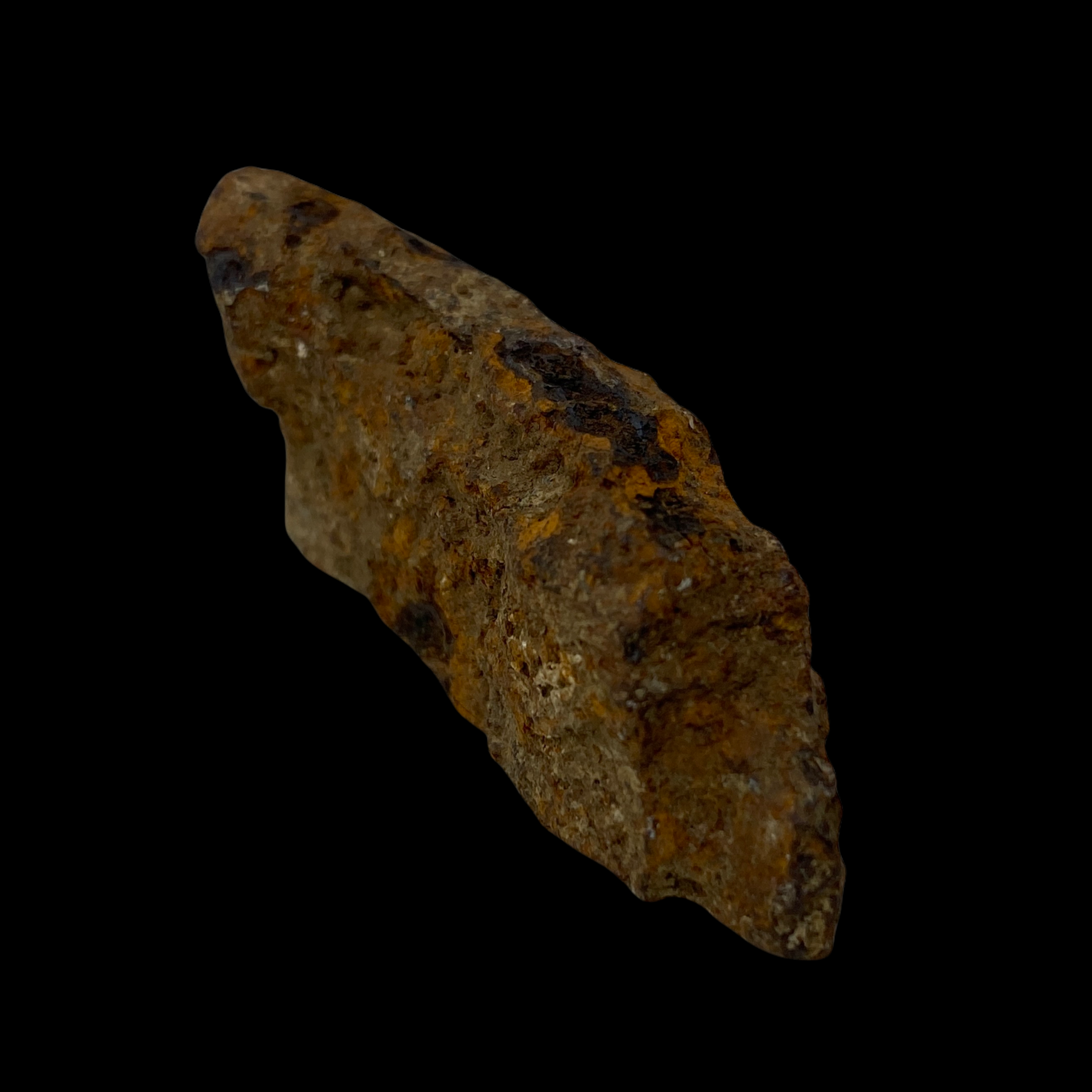
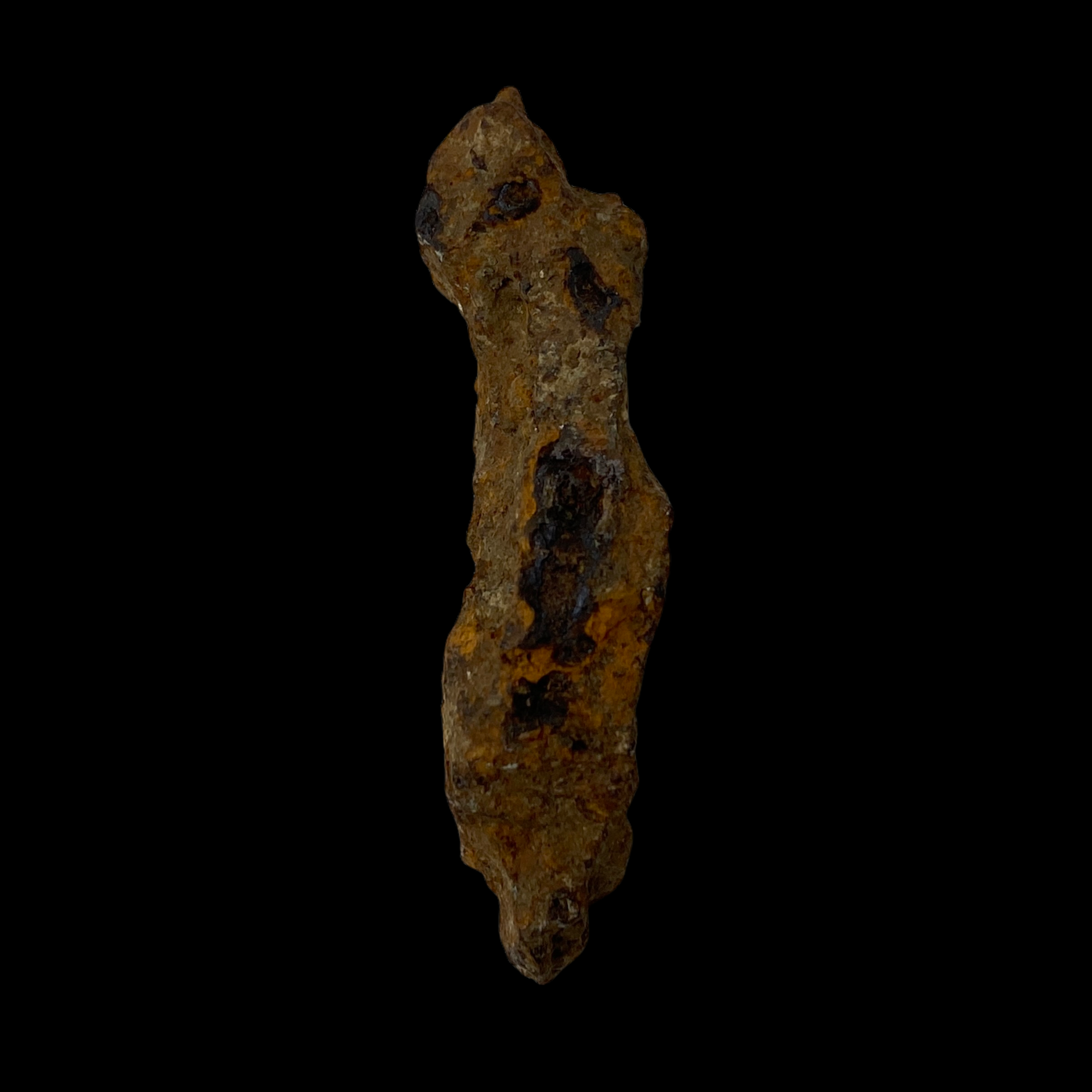

RARE WWII D-Day Omaha Beach German Shrapnel Excavated From Normandy Beachhead *
Comes with C.O.A.
This incredibly rare piece of D-Day shrapnel was excavated during a professional excavation of the D-Day Normandy beachhead known as Omaha Beach. Because this German shrapnel was found on the Omaha beachhead it leaves no guessing that this mortar or artillery fragment was fired on the American troops as they exited the Higgins boat and began their initial assault of Operation Overlord.
The 1st Infantry Division that assault Omaha Beach experienced the worst ordeal of D-Day operations. The Americans that landed on the same sand this mortar shell tip was dug from suffered 2,400 casualties throughout the Charlie, Dog, Easy, and Fox zones.
D-Day and Omaha Beach:
Omaha Beach linked the U.S. and British beaches. It was a critical link between the Cotentin Peninsula, also known as the Cherbourg Peninsula, and the flat plain in front of Caen. Omaha was also the most restricted and heavily defended beach. For that reason, at least one veteran U.S. Division (lst Infantry Division) was tasked to land there. The terrain was difficult. Omaha beach was unlike any of the other assault beaches in Normandy. Its crescent curve and unusual assortment of bluffs, cliffs and draws were immediately recognizable from the sea. It was the most defensible beach chosen for D-Day; in fact, many planners did not believe it a likely place for a major landing. The high ground commanded all approaches to the beach from the sea and tidal flats. Moreover, any advance made by U.S. troops from the beach would be limited to narrow passages between the bluffs. Advances directly up the steep bluffs were difficult in the extreme.
German strongpoints were arranged to command all the approaches and pillboxes were cited in the draws to fire east and west, thereby enfilading troops while remaining concealed from bombarding warships. These pillboxes had to be taken out by direct assault. Compounding this problem was the allied intelligence failure to identify a nearly full-strength infantry division, the 352nd, directly behind the beach. It was believed to be no further forward than St. Lo and Caumont, 20 miles inland. The V Corps was assigned to this sector. The objective was to obtain a lodgment area between Port-en-Bessin and the Vire River and ultimately push forward to St. Lo and Caumont in order to cut German communications (St. Lo was a major road junction). Allocated to the task were 1st and 29th Divisions, supported by the 5th Ranger Battalion and 5th Engineer Special Brigade.